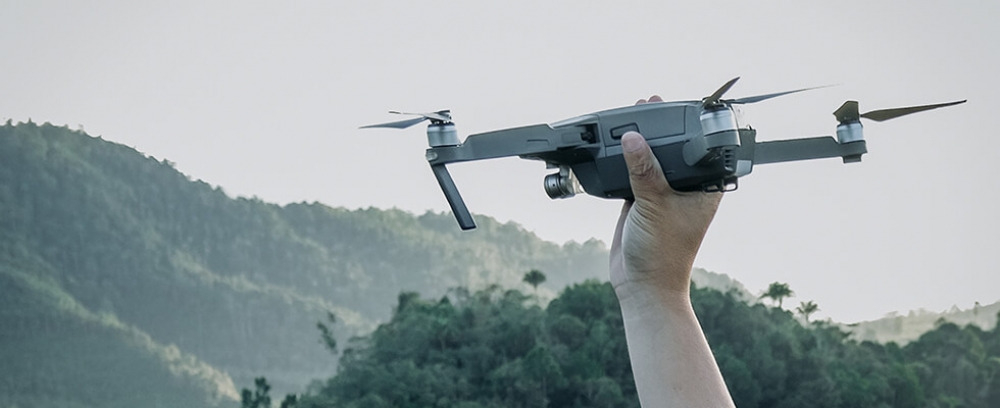A drone is an unmanned aircraft. Drones are more formally known as unmanned aerial vehicles (UAVs) or unmanned aircraft systems. Essentially, a drone is a flying robot that can be remotely controlled or fly autonomously using software-controlled flight plans in its embedded systems, that work in conjunction with onboard sensors and a global positioning system (GPS).
In Elumalai polytechnic College such kind of DRONE has been created by the students as a mini project to exhibi their learning skills into reality. The department of electronics and communication engineering students have created a mini drone which can take off and fly. Since it is made of flexible light weighted fiber as it can fly easily and swiftly.
Drones are now also used in a range of civilian roles, including the following: search and rescue ,surveillance,traffic monitoring,weather monitoring,firefighting personal use,drone-based photography,videography,agriculture,delivery services. Our Elumalai Polytechnic College mini drone is such a model of personal use drone created by students.
- Drones have two basic functions: flight mode and navigation.
- To fly, drones must have a power source, such as battery or fuel. They also have rotors, propellers and a frame. The frame of a drone is typically made of a lightweight, composite material to reduce weight and increase maneuverability.Our Polytechnic college mini drone is made up of foam board especially wings and servo motor which will be making it easy to fly at a resonable height.
- Drones require a controller, which lets the operator use remote controls to launch, navigate and land the aircraft. Controllers communicate with the drone using radio waves, such as Wi-Fi.
- Drone may be thermal sensors and Hyperspectral are two such examples. Thermal sensors make possible surveillance and security applications, such as livestock monitoring and heat-signature detection. Hyperspectral sensors help identify minerals and vegetation, and are ideal for use in crop health, water quality and surface composition.
- Our Elumalai Polytechnic Drone comes under thermal sensor for our personal monitoring in the campus.
- Some drones use sensors to detect obstacles and avoid collisions. Initially, the sensors were designed to detect objects in front of the drone. Some drones now provide obstacle detection in five directions: front, back, below, above and side to side. Our Polytechnic Mini project drone also has such sensor to detect obstacles and avoid collisions during the time of need when competitive exams are conducted and mass entry during job fair.
- For landing, drones use visual positioning systems with downward-facing cameras and ultrasonic sensors. The ultrasonic sensors determine how close the drone is to the ground.
- Navigational systems, such as GPS, are typically housed in the nose of a drone. The GPS on a drone communicates its precise location to the controller. An onboard altimeter can communicate altitude information. The altimeter also helps keep the drone at a specific altitude if the controller designates one.
- Drones can be equipped with sensors, including ultrasonic, laser or lidar distance sensors, time-of-flight sensors, chemical sensors, and stabilization and orientation sensors. Visual sensors offer still and video data. Red, green and blue sensors collect standard visual red, green and blue wavelengths, and multispectral sensors collect visible and nonvisible wavelengths, such as infrared and ultraviolet. Accelerometers, gyroscopes, magnetometers, barometers and GPS are also common drone features.

